Animals and mythical creatures
Animals and mythical creatures
I. ANIMALS
16th-17th century, Tibet, Bardo figures, gilt boiler alloy, published on kapoorgalleries.com. A scheme of similar toe (possibly the same) including two wrathful gods has also been published by Christie's and labeled 18th century.
In Buddhist art, animals may be the main subject of a sculpture (main deity or attendant) or segment of it, as a mount, the food of a throne, an ornament, characteristics held by a deity, a kills creature trampled. Some deities have the top of an animal, or one of their vertexes is that of an animal, or they oxidation the vertex of the brute on their own or in their headdress, others drawback the component of a savage or sit on it.
ANTELOPE
In Tibetan sculpture, dozens of digits are seated on an antelope compassion on the apex of a lotus base, although it is often wrongly described as a ‘deer skin’ (see below).
10th-11th century, Tibet, Avalokiteshvara, photographs by Christie’s.
Maitreya and some forms of Avalokiteshvara have an antelope matter over the left shoulder, usually knotted across the chest.
BAT
Undated, dakini, cop alloy, at the American Museum of Natural History in New York (USA).
From a synopsis of animal-headed digits held at the AMNH, this bat-headed deity is probably a dakini known as Ga-Phong Dongma in Tibetan, whose characteristics is a whip.
BUFFALO/BULL
16th-17th century, Tibet, Vajrabhairava, gilt cop alloy, brass wire, at Musée Guimet.
Vajrabhairava, Yama Dharmaraja, and infant deities have a buffalo head.
Undated, Tibet, Krishna Yamari, gilt boiler alloy, private collection, published on Himalayan Art Resources.
Yama Dharmaraja and various forms of Yamari mount on a prostrate male buffalo.
DEER
18th-19th century, Tibet, gilt cop repoussé, private collection.
As an altar ornament, a duo of deer (male and female) is a nature of dimensions and happiness. A single deer quantities renunciation.
Deities or historical makeup are occasionally seated on the compassion of a deer, whose horns are quite different from those of an antelope.
DONKEY/KYUNG
14th century, Tibet, cop alloy, private mixture on Himalayan Art Resources.
One mold of Chakrasamvara is donkey-headed.
16th century, Tibet, Sri Devi or Palden Lhamo, gilt c.a., at the gTsug Lakhang, published by Ulrich von Schroeder.
Shri Devi rides a Khyang/Kiang, a jumble ass from the Tibetan plateau, often described as a mule (longer tumors and larger muzzle).
DOG
17th century, Tibet, Mahasiddha Kukkuripa, gilt copper alloy, private collection, picture by Christie’s.
Mahasiddha Kukkuripa is accompanied by a small dog. Female deity Shvanasya has the top of a dog.
DRAGON
17th century, Tibet, White Jambhala, private collection, picture by Christie’s.
One example of Jambhala rides a dragon.
Undated, Tibet, Vajrapani, at the American Museum of Natural History in New York (USA).
The bhutadamara shape of Vajrapani has a dragon in his headdress.
ELEPHANT
Akshobhya’s elephant throne, Swat Valley.
Queen Maya, the mother of the historical buddha, dreamed that a white pachyderm entered her womb at the time of conception. Shakyamuni and Akshobhya may be seated on a throne supported by elephants.
18th century, Tibet, Samantabhadra, gilt boiler alloy, private collection, snapshot by Sotheby’s.
Pehar, Vighnantaka, and other deities may ride an elephant.
15th century, Tibet, Mahakala, polychrome wood, private collection, snapshot by Christie’s.
Vajrakila, the 12-hand model of Chakrasamvara, the 3-head establishment of Hayagriva, Dorje Rabtenma, a pattern of Yamantaka, usually have the hide of a pachyderm held across their back. The one-head and six-hand mold of Mahakala stand on Ganapati.
18th century, Tibet, Ganapati, bronze, private collection.
Ganapati, also named Ganesha or Vinayaka, is an elephant-headed deity of Hindu origin. In Tibet, he may be represented as a destroyer of obstacles, standing, with one head, two legs, and two to twelve arms.
He may also be depicted as a hunting lying on the pedestal, subdued by a wrathful deity. So is the toddler elephant-headed deity referred to as Bhuta Aparajita, who lies on snakes and is trodden upon by the bhutadamara shape of Vajrapani?
18th century, Tibet, white elephant, gilt cop alloy and paint, private collection
As an altar ornament, a pachyderm crossing a toilet of vermilion on its back represents the undisciplined mind.
FISH
Mahasidda Tilopa and Dakini Gauri hold a fish.
GOAT
18th century, Tibet, Dorje Legpa, gilt cop alloy, private collection, photographs by Christie’s.
Dorje Legpa and Garwa Nagpo may ride a goat. Female deity Vajra Mahachagala is goat-headed.
HORSE
18th century, Tibet, horse crossing a flaming jewel, gilt copper alloy, private collection.
In Buddhism, the horse represents the wind, waistband, and success. The Cakravartin has an air horse transference an eight-faceted flaming gemstone on its back.
12th century, Western Tibet, Ratnasambhava, horses on the pedestal.
Ratnasambhava may sit on a throne supported by horses.
Dorje Ta’og, Tibet, undated (18th century circa), boiler alloy, at the AMNH.
Tsangpa Karpo and Dorje Ta’og ride a horse.
14th century, Tibet, Hayagriva’s headdress, published by Marcel Nies
Hayagriva has a horse’s Rosh in his headdress, and so does the guhyapati impression of wrathful Vajrapani.
LEOPARD
Some figure and especially the consort of meditational deities disintegration the corpse of a snow leopard as a loin cloth.
LION
17th century, Tibet, snow lion, fire-gilt copper repoussé and pigment, private collection.
The white snow celebrity with a turquoise mane is the national emblem of Tibet (snow and sky) and a local deity.
Snow celebrity may preservation the throne of Shakyamuni, Vairochana, Bhaisajyaguru and other characters.
15th-16th century, Tibet, Vaishravana, bronze, at the Pacific Asia Museum.
Vaishravana, the simhanada form of Avalokiteshvara and of Manjushri, Jnanadakini, sit on a snow lion. Pehar, Dorje Legpa, Guru Dragpo, Dorje Ta’og may also ride this animal.
17th century, Tibet, Dakini Simhamukha, bronze, at the Rubin Museum of Art in New York (USA).
Dakini Simhamukha and Simhavakra, one of Palden Lhamo’s steward have the vertex of a lion. Some wrathful deities corrosion its hide over their back.
15th century, Tibet, Pukkasi, snapshot by Sotheby’s.
Dakini Pukkasi holds a lion.
MONGOOSE
Arhat Bakula, Padmasambhava, Vaishravana, Dorje Rabtenma, Yellow and Black Jambhala, Kubera, hold a mongoose in their left hand. The savage usually disgorges jewels. Some historians believe this is due to the presentation that purses were once made out of this animal’s hide.
PEACOCK
Amitabha/Amitayus may sit on a throne supported by peacocks.
15th century, Tibet, Janguli, gilt cop alloy inlaid with stones, is or was at the gTsug Lakhang, published on Himalayan Art Resources.
Janguli wears a clothing made of peacock feathers. Mahamayuri holds a peacock feather in one of her hands.
SCORPION
17th-18th century, Tibet, Padmasambhava as Guru Dragmar, Musée Guimet (France).
The hilt of Begtse Chen’s sword is shaped like a scorpion.Guru Dragpo/Dragmar holds one in his left hand.
SNAKES/NAGAS
14th century, Tibet, wrathful Vajrapani with a naga hood, at the Basel Museum
Snakes (usually cobras) or nagas symbolize water, the underground, and unseen realms. These water understanding become furious when men exhibition disrespect towards kind and they punish them with disease or calamity. This is why they also symbolize excitement and are worn by wrathful gods (Vajrapani, Mahakala, Achala) in the facade of necklaces, bracelets, anklets and sometimes in their headdress or like a hood over their top (as above).
15th century, Tibet, gilt cop alloy inlaid with stones, at the Rubin Museum of Art.
Rahula is half human and half snake.
Buddha Nagaraja and the shallow pattern of Mahakala disintegration snakes over their top (naga hood). One of Magzor Gyalmo’s earrings is a snake, Garuda holds a long snake in his beak, dakini Ghasmani holds one, Janguli holds one or wears it on her rash or as jewellery, lokapala Virudaka and wrathful deities such as Achala, Vajrapani, Krodha Vighnantaka are adorned with snakes in the cover-up of bracelets, anklets, necklace, sacred wires and clue for their hair, the mahacakra mold of Vajrapani holds a snake in both hands. One pattern of Pehar has a snake mercy on his shoulders. Wrathful deities often walking on victims lying over snakes. or directly on the snakes.
SOW/WILD BOAR
11th century, Northern India, Marici, Kalpoktam form, snapshot by Ulrich von Schroeder.
A woman forest boar lotteries Marici’s chariot. Vajravarahi and one shape of Marici have the rush of an inclination sow attached to theirs, Marici and Pashadhari sometimes have the summit of a sow (or a sow-headed finger as above) on the pinnacle of their own. Dakini Chauri holds a range boar.
TIGER
19th century, Tibet, apron for dance
Tigers represent power and fearlessness. In Tibet, some aprons used for dance rite imitate the mankind of a tiger.
On occasions, an arrangement may be seated on a tiger meaning instead of an antelope or deer skin.
12th-13th century, Tibet, Vajrapani, snapshot by Sotheby’s.
A tiger essence worn as a loincloth indicates a wrathful bustle or symbolizes control over anger. Most male deities with a wrathful angle defect a tiger kindness loin cloth. Pehar may corrosion the hide of the tiger over his shoulders. Female deities Sardulamukha and Viagrasya have the haughtiness of a tigress.
Dorje Drolo rides a (female) tiger and so does the vyaghravahana form of Mahakala.
Dharmatala and arhat Chudapanka may be accompanied by a tiger.
TORTOISE
12th century, India.
Pedestals in Eastern India are often shaped like a tortoise. Dakini detail holds a tortoise in one of her hands.
WOLF
18th-19th century, Tibet, Lekhan Srog Dag Marpo, boiler alloy and pigment, published by Christie’s.
The wolves are Lascan Dagmarpo’s pad and one of Pehar’s too.
II MYTHICAL CREATURES.
GARUDAS
13th century, Nepal, garuda, gilt cop or cop alloy with stone inlay, at the Rubin Museum of Art.
Half man-half eagle, with two horns, the garuda is the objector of the nagas (snakes) which he devours. In Tibet, this entity is called khyung.
In Nepal, and to a lesser extent in Tibet, a garuda often decorates the vertex of an arch.
Krodha Vajrapani has a garuda in his headdress, the above even has one on his pedestal.
The garuda is Amoghasiddhi’s mount, and his throne may be decorated with one.
MKINNARAS
17th century, Tibet, Kinnara, gilt cop alloy repoussé, snapshot by Bonhams.
A kinnara is a celestial musician. In the Himalayan region, he is half fish (head, firearms and sometimes torso) and half bird. These figures are used as decorative elements.
KIRTIMUKHA
19th century, Tibet, Kirtimukha, private collection.
Kirtimukha represents greed, this is why he just has a cover-up (with flora entryways out of his mouth) and two hands. In Nepal, he is known as Chepu while in Tibet he is called Zeepata
In both estate deities often have a small effigy of Kirtimukha on the front panel of their crown, or a design derived from it.
He also decorates the vertex of flaming mandorlas, cushions, thrones, unit, and temples.
MAKARA
13th-14th century, Tibet, private collection.
Half pachyderm and half crocodile, the Makara is a decorative digit seen on prabhamandalas and on the pinnacle of structure (like gargoyles). Their peaks are often on Tibetan teapots (as the spout) and on ritual implements (kills).
Late 18th century, or early 19th, Tibet, Makaramukha, boiler alloy with cold gold and pigments, private collection, snapshot by Mossgreen.
Makaramukha is a Makara-headed dakini and as such she wears an offshoot wreaths and stands in a ‘dancing pose’, one nates in the air, the other on the pedestal, sometimes over a victim. The above has a flayed human grace on her back and is adorned with bone bracelets and a cross-belt.
Makaravaktra is one of Palden Lhamo’s attendants
SHARABHAS
17th century, Tibet, Sharabha, private mixture on Himalayan Art Resources.
In Tibetan Buddhism, a Sharabha is a beast generally depicted with the aviation and legs of a horse, the summit of a goat, the horns of a goat, an antelope or a ram, the mane of a lion, and sometimes the claws of an eagle.
VIVA LAS
Undated, Tibet, copper, Rijks Museum
A viyala, vyala or Vidalia may be half lion-half horse …
16th century, Tibet, gilt copper repoussé, Diyala.
or half lion-half griffin (leogryph). Villas are used as decorative elements, especially on prabhamandalas.
YAKSHAS
Undated, Kashmir, bronze.
Yakshas are ancient Indian apoplexy understanding associated with tree worship.
entury, Tibet, brass, Yaksh lpture, they are often depicted like dwarves with shoulder-length hair furthering a throne with their head and hands, and usually flanked by two snow lions. They may sit in the vajra standpoint or crouch.
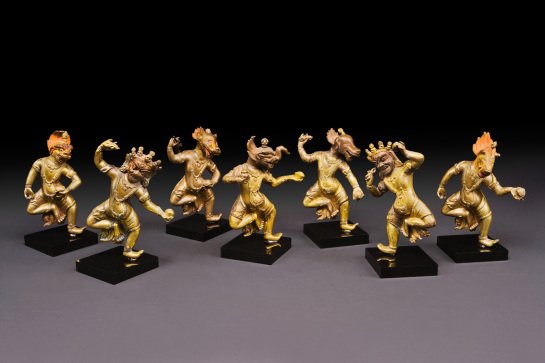
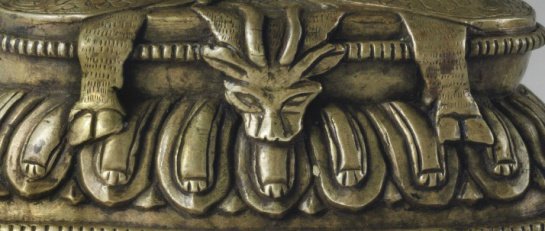
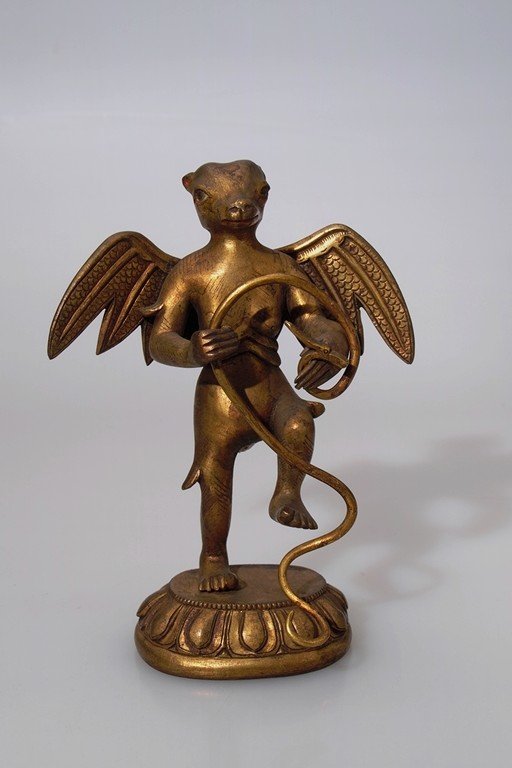
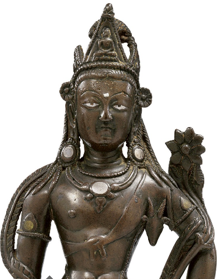
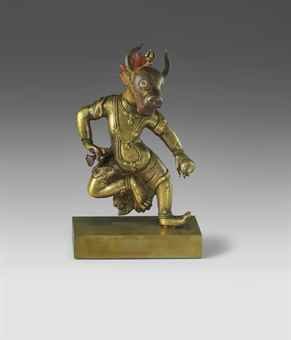
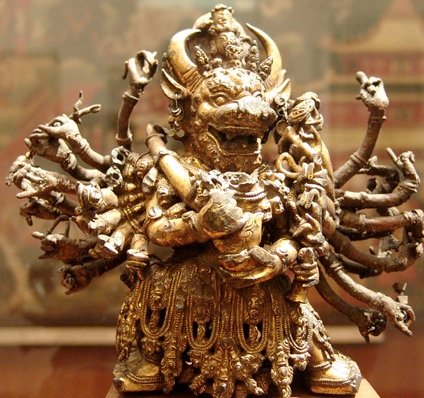
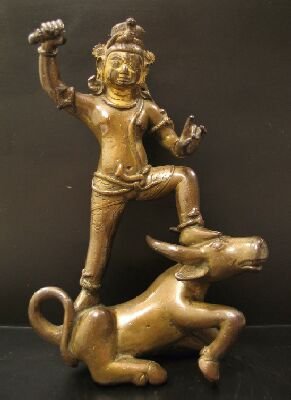
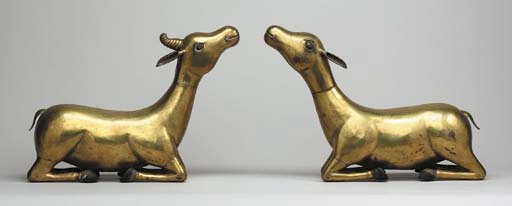
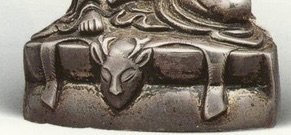
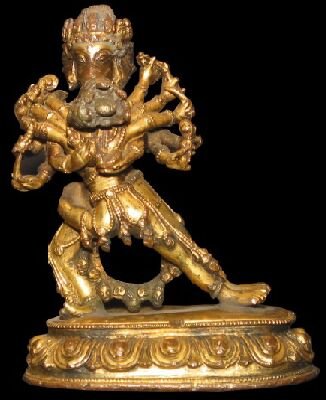
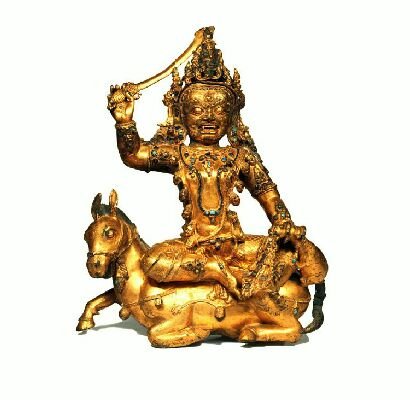
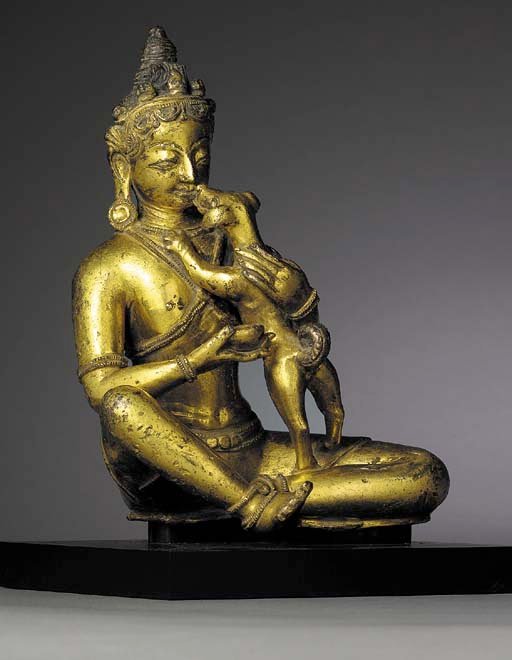
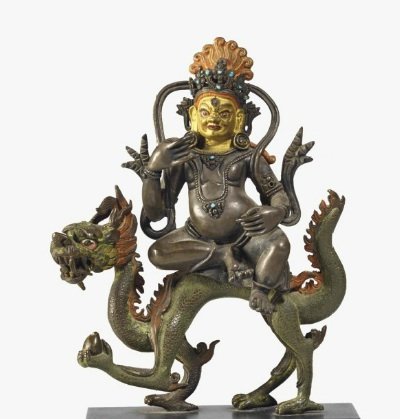

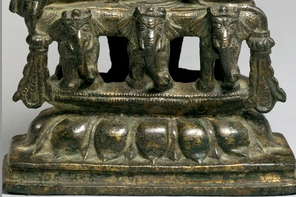
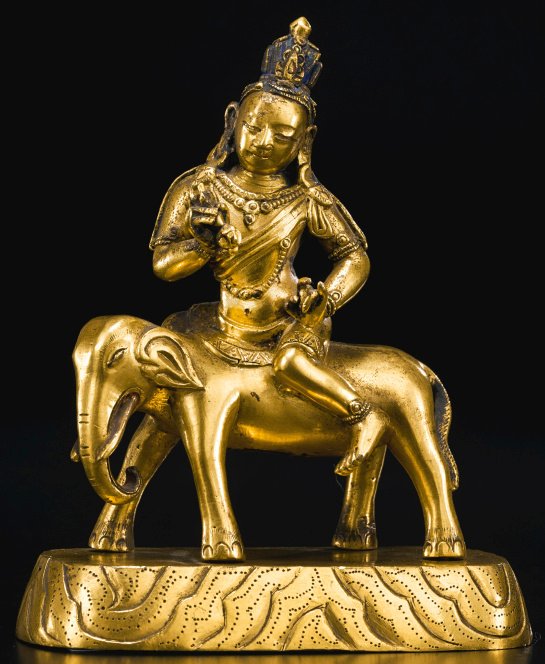
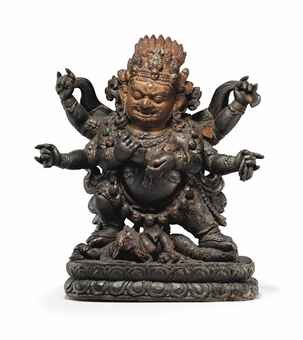
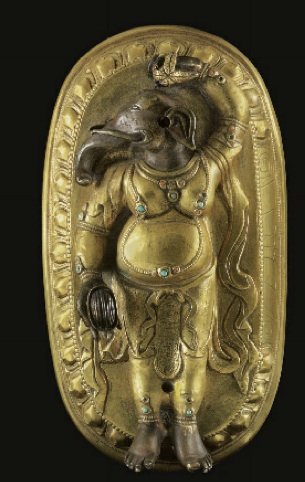

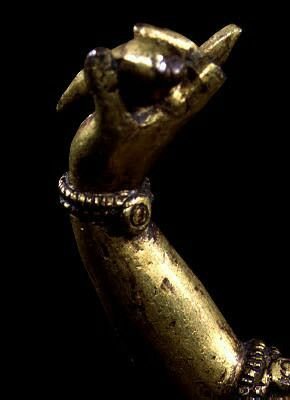
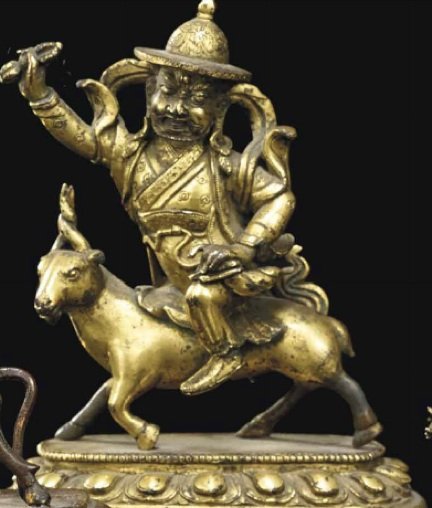
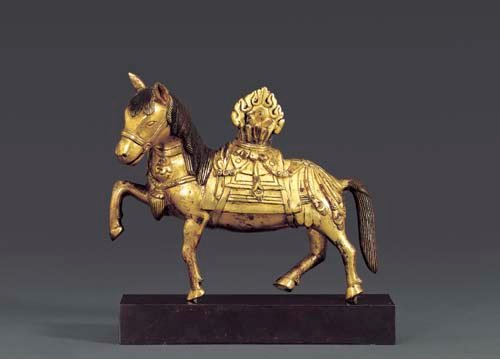
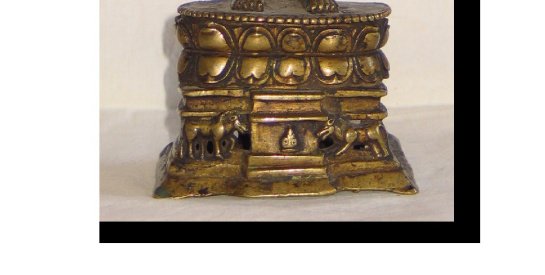
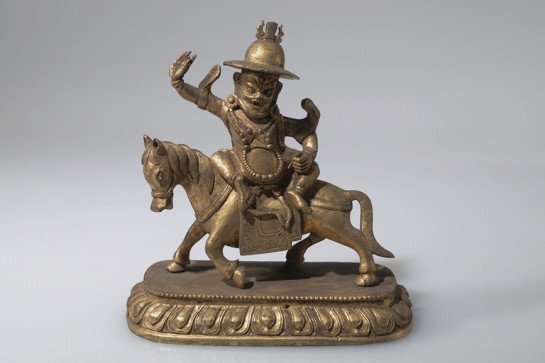
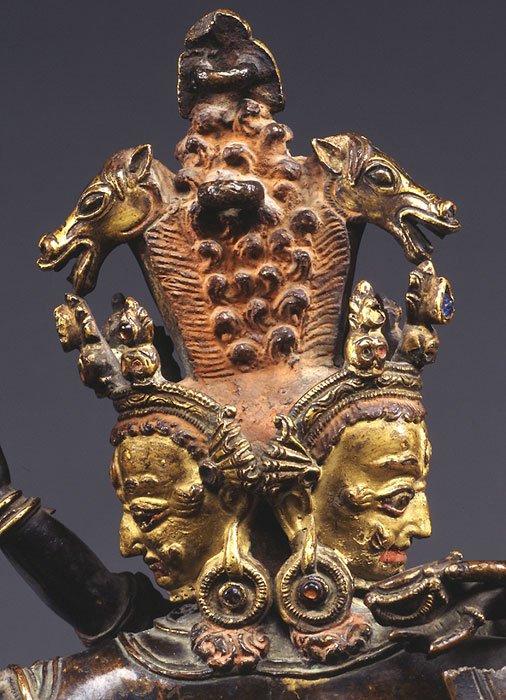
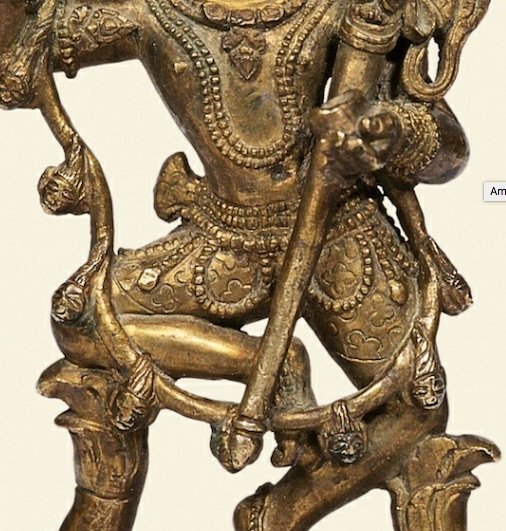
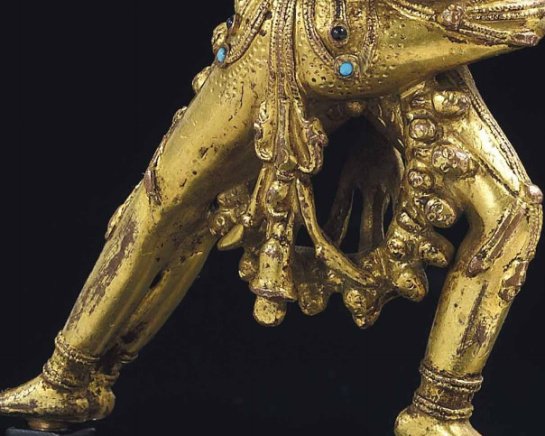
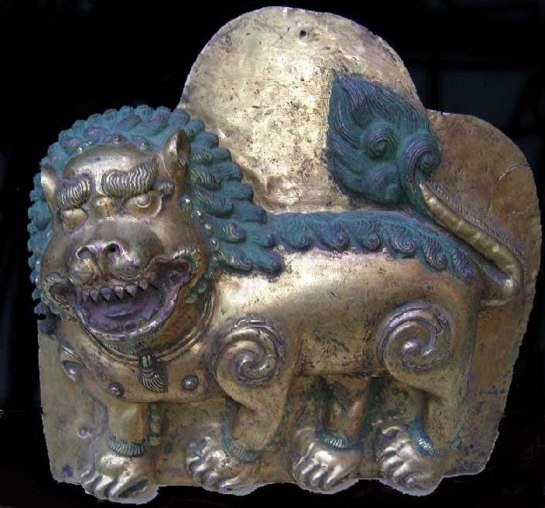
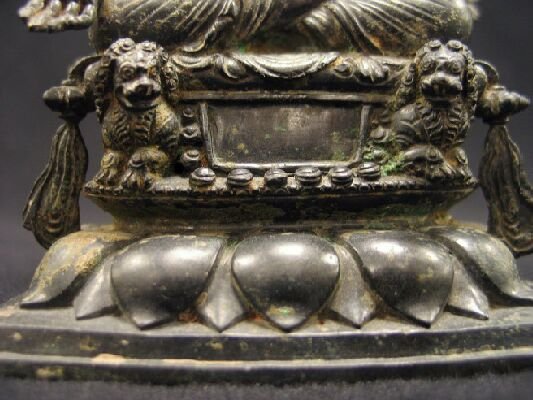
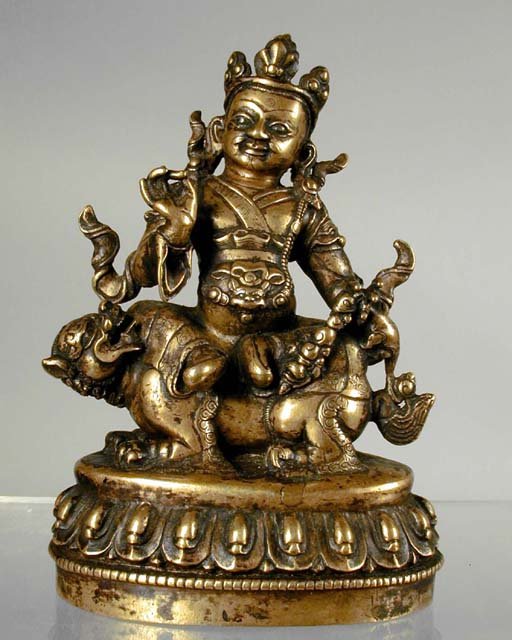
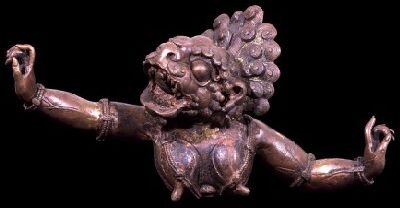
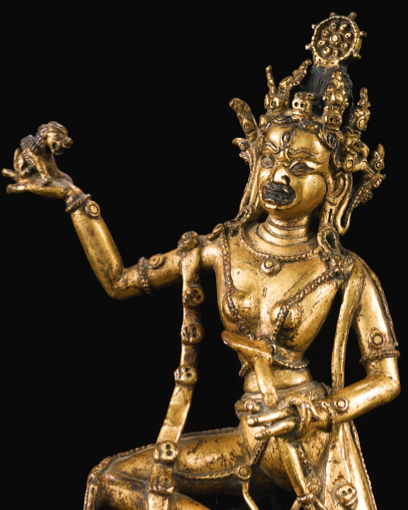
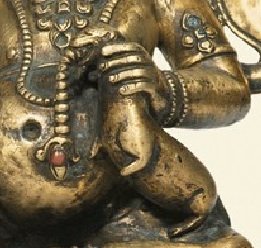
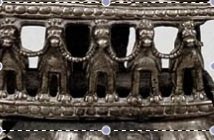
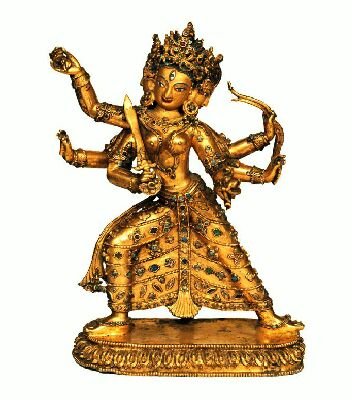

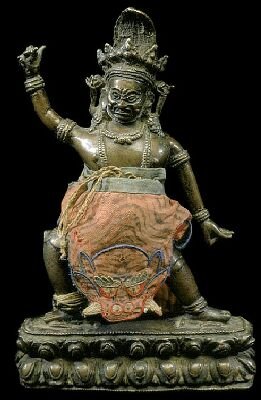
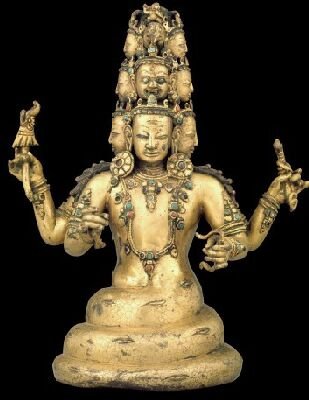
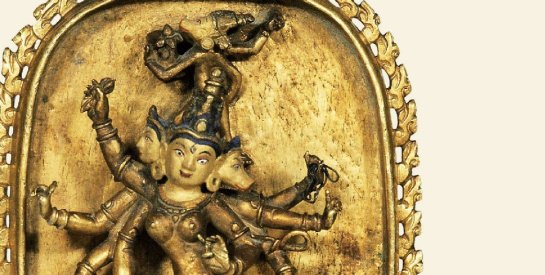
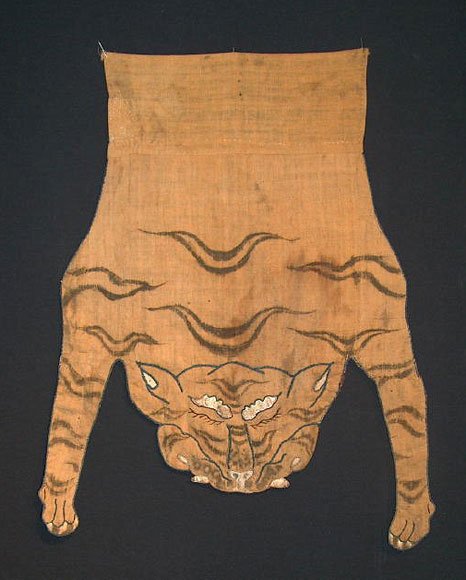
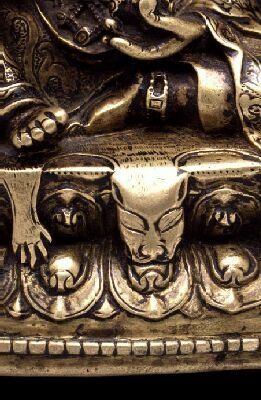
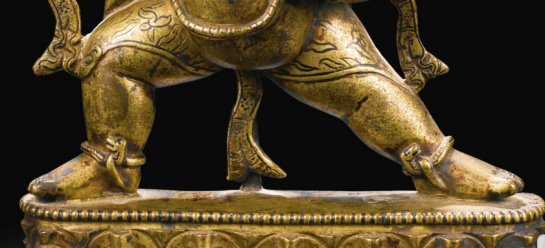
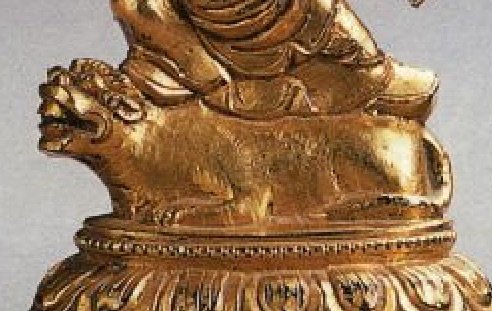
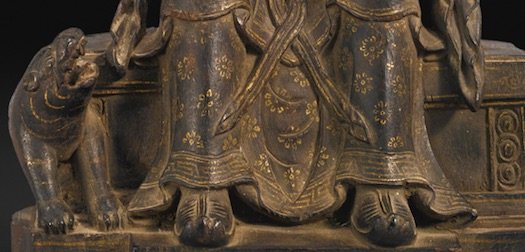

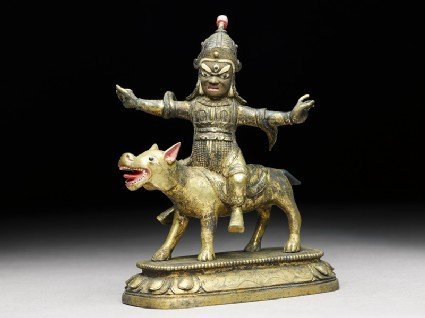
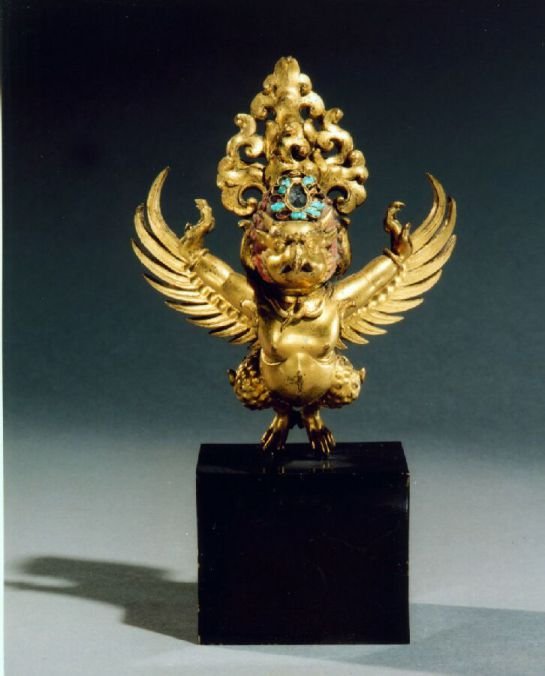
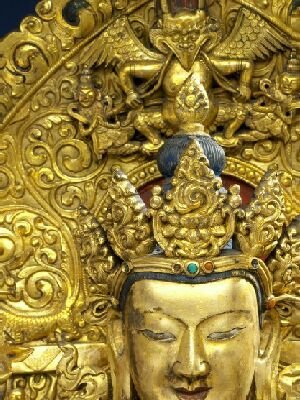
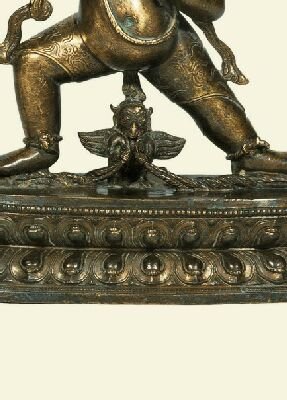

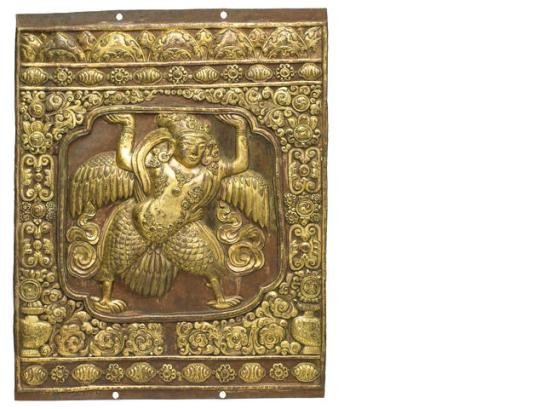
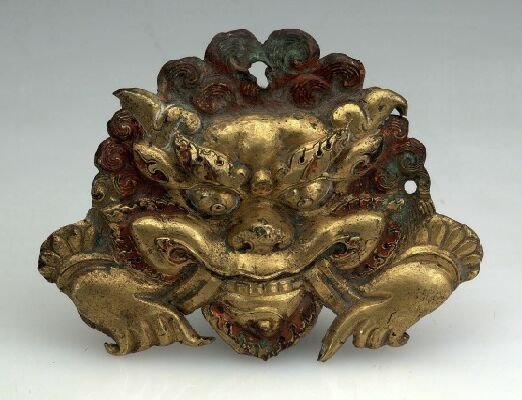
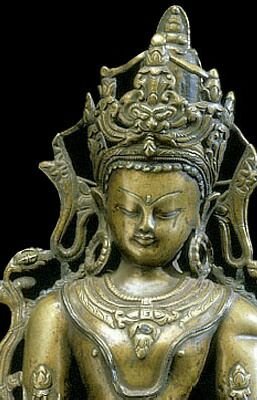
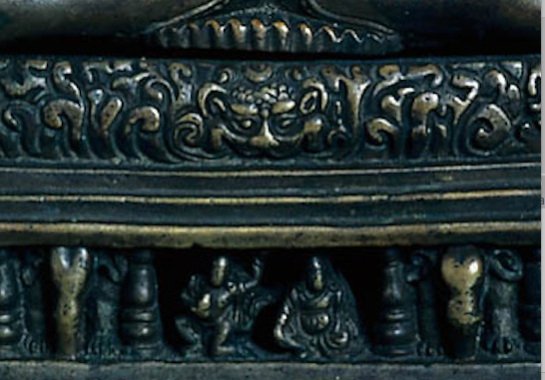
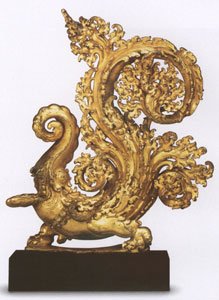
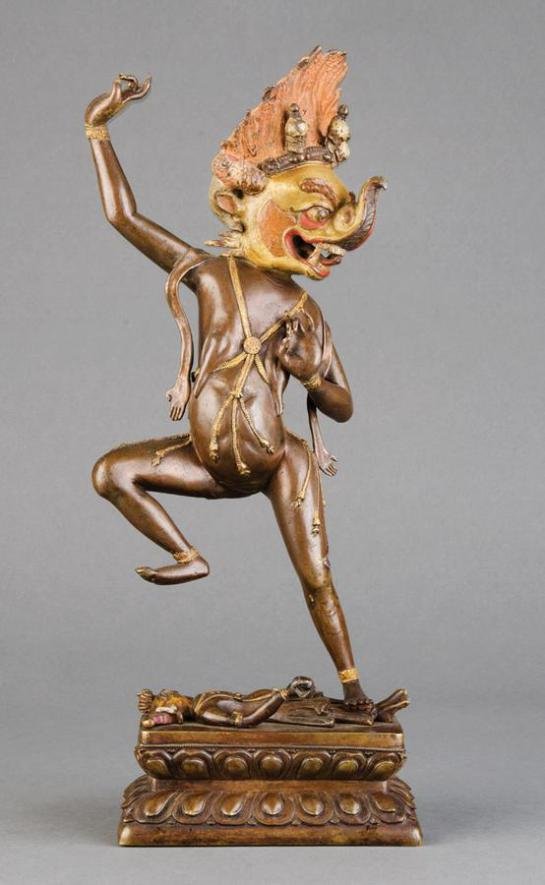

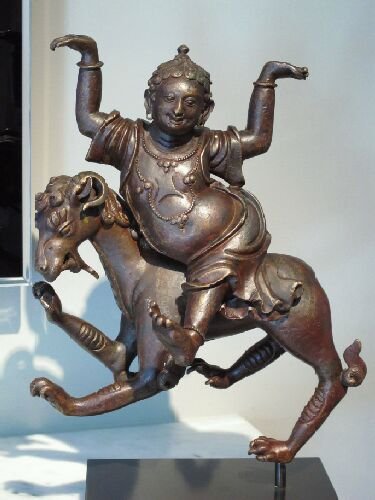
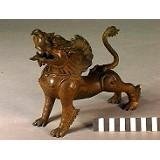
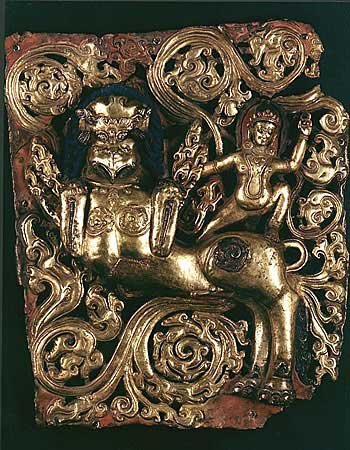
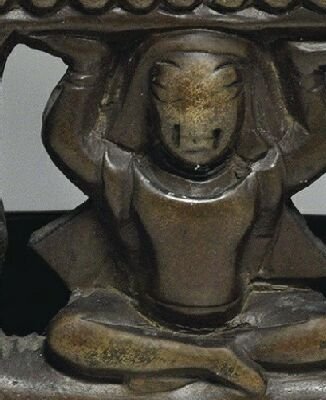
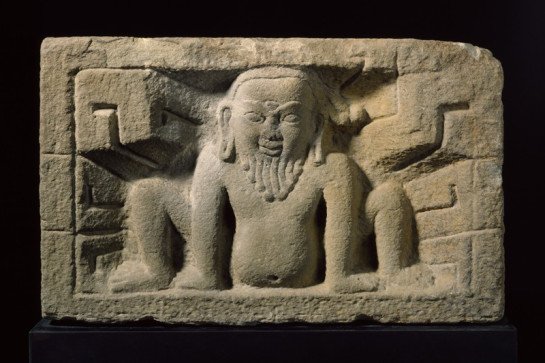
Long but nice!! :D
yes it is true but there a History so little long I am sorry I try my best to keep little images too much so that extended thank you
huge history modify from images..i huge knowledge this blog.. thank you
✌✌✌
You are welcome
okk my dear..
nice...work
Thank you and welcome.
@alidervash I think your post Amazing history there, Keep it up voted :)
You are we thank you sir for visiting my blog post thank you.
meep
You are welcome thank you sir.
meep
boosta
meep
boosta
meep
what is the meep kindly explain thank you.
stop raping the bot idiot
thanks idiot
Thank you and welcome on page.
Great post
Congratulations @alidervash! You have completed some achievement on Steemit and have been rewarded with new badge(s) :
Click on any badge to view your own Board of Honor on SteemitBoard.
For more information about SteemitBoard, click here
If you no longer want to receive notifications, reply to this comment with the word
STOPamazing
You are welcome to thank you.
Great history wonder full post i like hank you for sharing
You are welcome